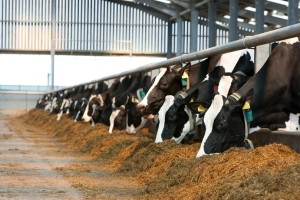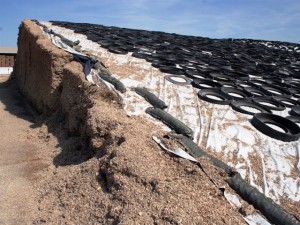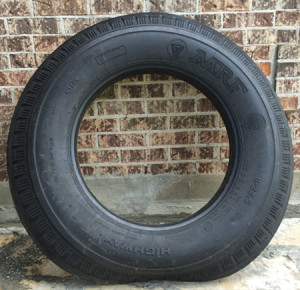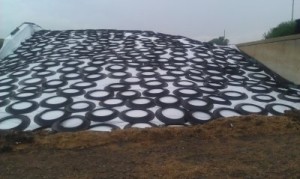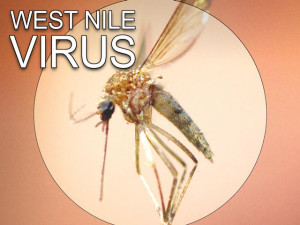The most effective way to minimize costs when making silage for your dairy cows is to maximize the quality. Various factors must be considered at virtually every stage of the ensiling process, from initial fermentation to oxygen exposure at opening. Although it is not uncommon to see as much as a 25% or higher loss, targets should fall below 10%. In addition to cost, one of the problems inherent in silage loss is that the portion lost invariably contains the most highly digestible nutrients, i.e., starch, protein and sugars.
Leave a CommentPress Releases
Tag: dairy farming
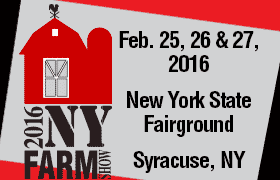
Find everything you need – including bias ply truck-tire side walls – at the NY Farm Show
Planning a trip to upstate NY in February may not be uppermost in your mind, but think about this: Syracuse offers great food, dancing, skiing, snowshoeing, ice skating, snowmobiling, fascinating museums, and the sensational (not to mention tax-deductible)2016 New York Farm Show. It will take place from February 25 to 27, 2016 at the New York State Fairgrounds (581 State Fair Blvd.) in Syracuse and, with more than 400 exhibitors, it promises to respond to all your farming and ranching needs.
Leave a CommentLosses during ensiling are known as silage shrink. Besides depleting dry matter (DM), silage shrink also reduces availability of the most digestible nutrients, thereby resulting not only in less, but in lower quality silage. The key to limiting silage shrink is good forage management from harvest to feedout.
Leave a CommentLet’s face it; anything spoiled is unappetizing … and spoiled silage is no exception. But unappetizing is the least of it. Tainted silage reduces herd intake and production by disrupting normal rumen function. This can lead to reproduction problems or impaired cattle health. If the silage is moldy, respiratory problems may develop and if the mold produces mycotoxins, the health issues can be even more serious.
1 CommentDairy farms with cow-comfort issues usually suffer from poorer reproduction, higher cull rates, lower production, more disease, and higher somatic cell counts or clinical mastitis. By contrast, stress-free cows eat, rest, and milk well, and are unlikely to get sick … which begs the questions: what causes stress in cows and what can dairy farmers do to alleviate it?
Leave a Comment
Got stinky cheese? Grab a glass of wine. Stinky silage? You need bias ply truck-tire sidewalls!
If you think B. linens are bed sheets with holes and stains, think again. They are actually microorganisms known as Brevibacterium linen, the most dominant bacteria formed when washing cheese rinds – i.e., moistening the surface by rubbing it down with a salt brine, liquor, or water, thereby creating an austere flavor and a stinky aroma.
Leave a CommentWhen cows vocalize there’s usually a reason for it … and, for the most part, it’s not because they’re happy. Save for the sound of chewing, contented cows are quiet ones. So if they’re discontent and mooing away, what are they trying to say?
1 Comment
Worried sick about pathogen transmission? Truck-tire sidewalls for bunker silos can help
According to information from Western Dairy News, the consequences of improperly fermented ensiled forage fed to dairy cows can be wide ranging and extend beyond reduced performance due to poor nutritional value of the feed. These feeds can play a role in infectious disease transmission to humans (e.g., listeriosis, botulism, and salmonellosis) and can act as primary sources of disease agents. Awareness and prevention are fundamental in minimizing the risk of exposure.
Leave a CommentWest Nile Virus (WNV) is a viral disease – transmitted through bites from infected mosquitoes – that can promote the development of potentially lethal conditions such as encephalitis or meningitis, infection of the brain or spinal cord or their protective coverings. Symptoms of mild infections include fever, headache, body aches, rashes and swollen lymph glands.
Leave a Comment